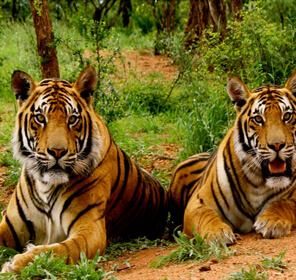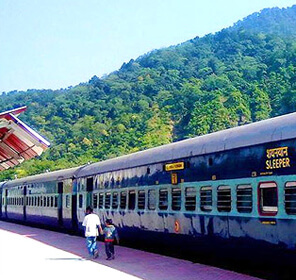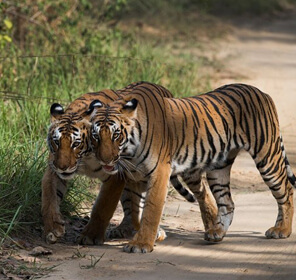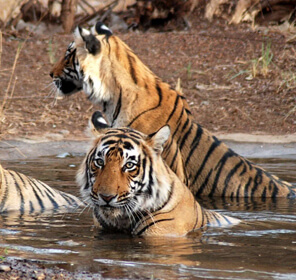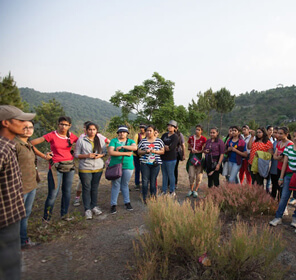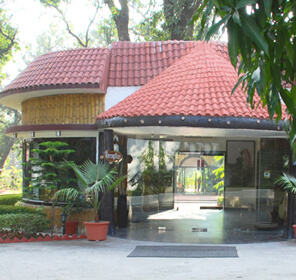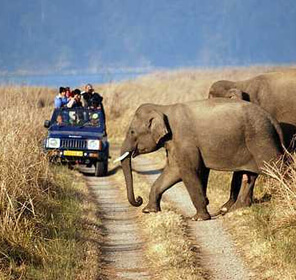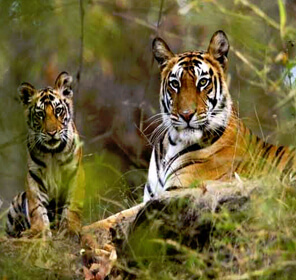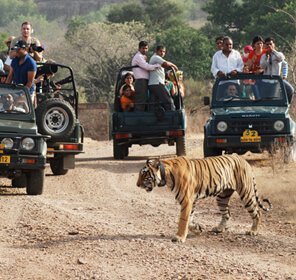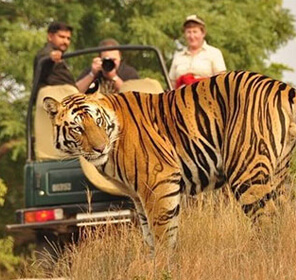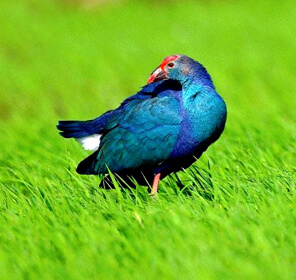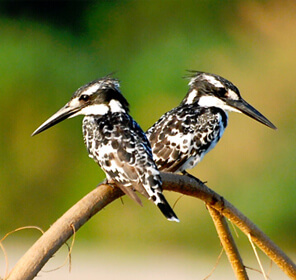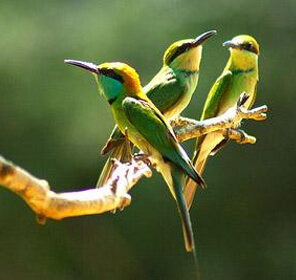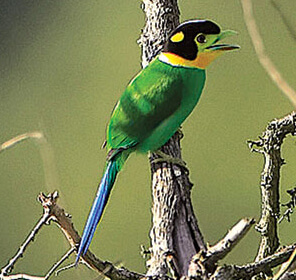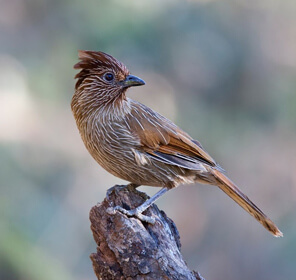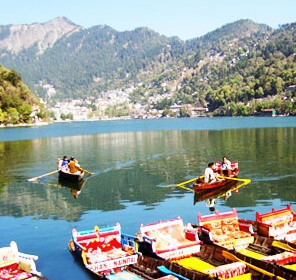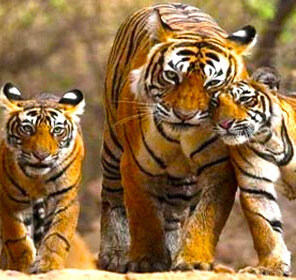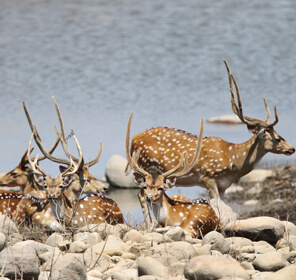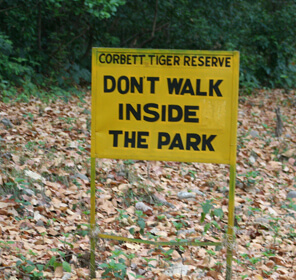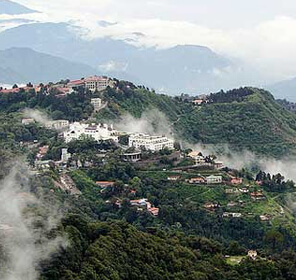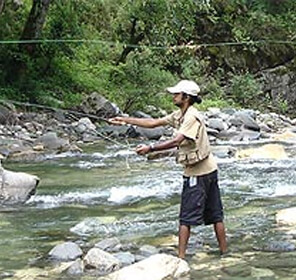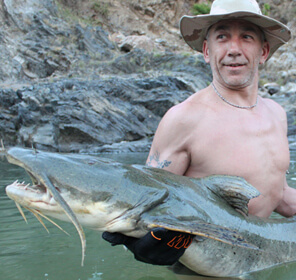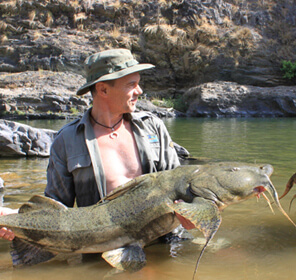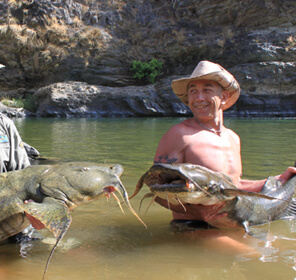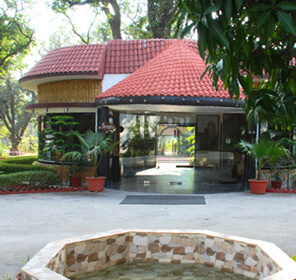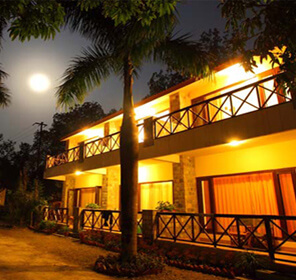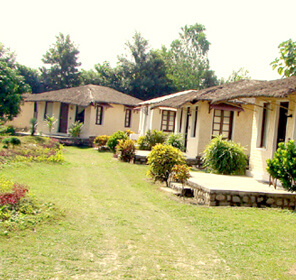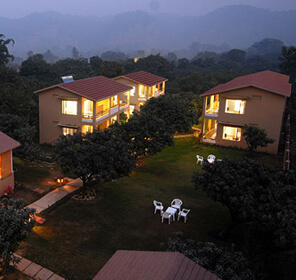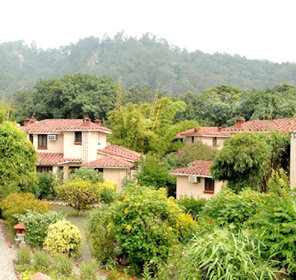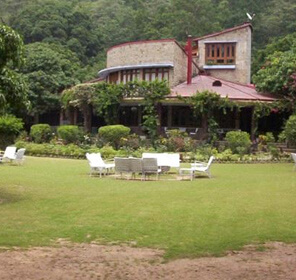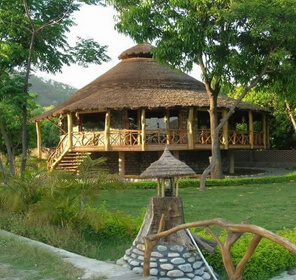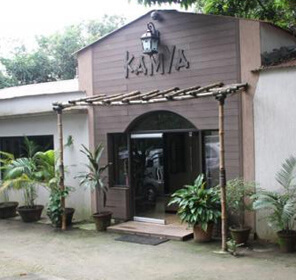One of the oldest national parks in India, Corbett National Park was established in 1936 as Hailey National Park. Prior to its formation, the park was the private property of Tehri Garhwal princely state. The Raja of Tehri ceded a part of the region to the East India Company in exchange for their assistance to remove Gurkhas. It was also the territory of Boksas, a tribe from the Terai who used to grow crops, but in 1860 they were ousted by the British.
The region rose to prominence in the early 19th century, when it came under the control of British officer, Major Ramsay, who was also the incharge of the area. The process of park preservation began in 1868 especially when the British forest department established control over the land so as to prohibit cultivation and start cattle station operation. After seeing its uniqueness, several Britishers including E. R. Stevans and E. A. Smythies suggested making it a wildlife reserve. In 1907, a game reserve was also proposed. However it was in 1930, the park went through the process of demarcation under the guidance of Jim Corbett, a British-Indian hunter, and tracker-turned-conservationist. Later in 1936, the reserve was created and was known as Hailey National Park. Right after its establishment, the park prohibited against the killing of mammals, reptiles, and birds. Till 1930, the park was well maintained. It was during the second world war, the park witnessed major downfall due to excessive poaching and timber cutting.
Over the team, the area of reserve kept on expanding and was increased to 797.72 km2 (308.00 sq mi) when a buffer zone was added in 1991, which also make it one of the largest wildlife sanctuary in India. Further adding laurels to the park is the fact that it was one of the places where Project Tiger, an ambitious and well-known wildlife conservation project, was launched. 1973 was the landmark year in the history of the Corbett National Park as this is when the project tiger was started by the wildlife preservationist and naturalists from around the world during Prime Minister Indira Gandhi's tenure. The main idea behind the project is to provide safe habitat for tourists. Later in the 20th century, the process of demarcation was again started by adding the entire Kalagarh forest division that also includes the area of Sonanadi Wildlife Sanctuary. Also, it happens to be one of 13 protected areas covered by the World Wide Fund For Nature under their Terai Arc Landscape Program.
The park has gone through many name changes too, and so is its area. In 1954-55, its name was changed from Hailey National Park to Ramganga National Park and was again renamed in 1955-56 as Corbett National Park. The current name of the park - Corbett National Park was made in the honor of a well-known author and wildlife conservationist, Jim Corbett, who also played a key role in its establishment.








